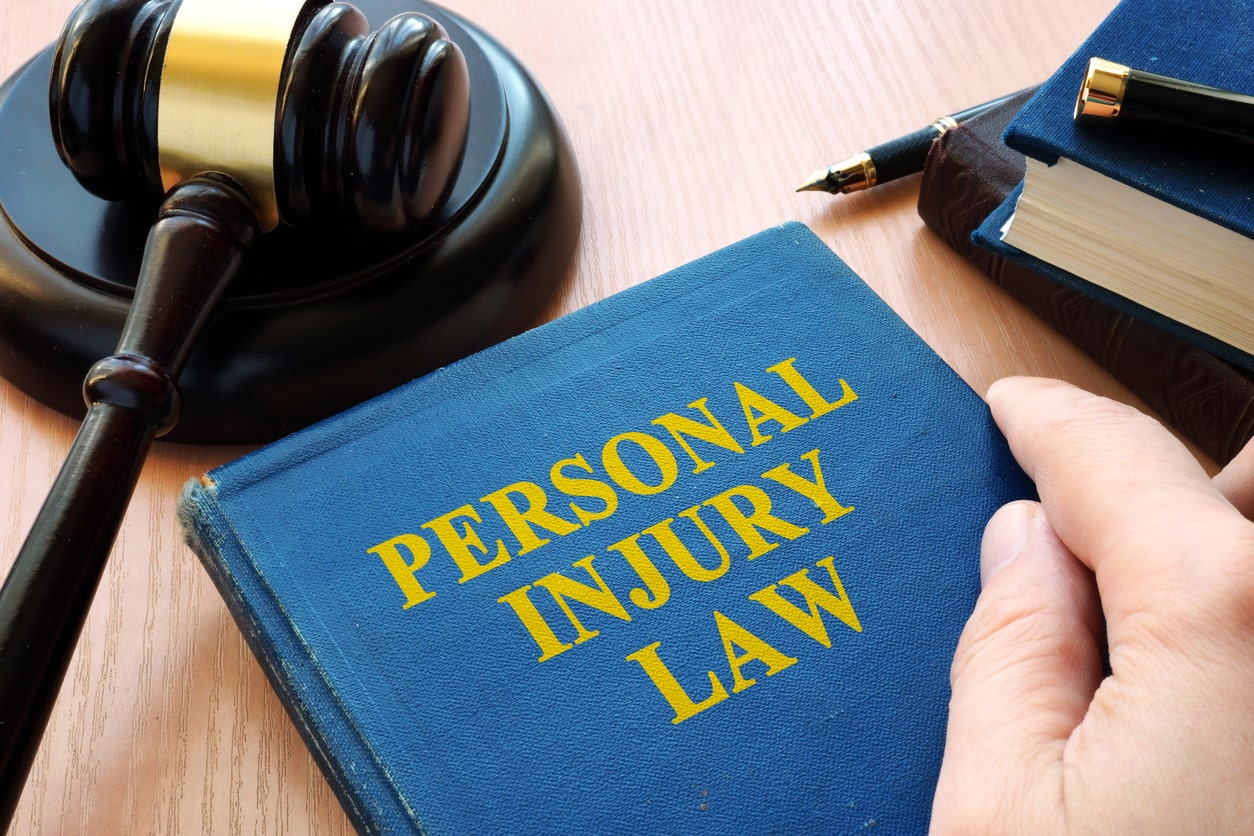
A personal injury lawsuit is a legal claim that can help an injured person collect damages to cover medical costs and lost wages. Although many cases are settled before they go to trial, some do not. Instead, the lawyers for each party discuss the issue and work out a settlement. Other cases are heard in court by a judge alone, who determines who is liable for the injuries and calculates a fair amount of damages. The following is a brief overview of personal injury law from Kingston, PA personal injury lawyers.
Legal theory
The Legal theory of personal injury law has its roots in Holmes’s 1898 paper, “Res ipsa loquitur.” This doctrine establishes the negligence of the defendant, allowing a jury or judge to presume that the person was not negligent when they caused the accident. The principle has been adopted by most jurisdictions in the U.S. and elsewhere, and is sometimes referred to simply as “res ipsa.”
Statute of limitations
When does a lawsuit begin to run? A statute of limitations in personal injury law begins to run when the victim discovers or reasonably should discover the negligent action. The statute of limitations in personal injury law varies depending on the type of accident and the party responsible for it. For instance, a toxic tort lawsuit must be filed within one year of the exposure, while a New York claim against a municipality must be filed and noticed within a year and 90 days after the accident.
Damages awarded
A judge or jury can award general or special damages in a personal injury case. These types of damages are meant to bring the plaintiff back to his or her pre-injury economic condition. Courts usually present a jury with specific instructions, including the types of damages that can be awarded. Ultimately, the jury decides how much damages to award, based on the amount of negligence that the defendant has displayed. Punitive damages are also sometimes awarded for the most extreme cases of negligence.
Defendant’s duty of care
Defendants are required by law to exercise reasonable care for their clients and customers. In many instances, this duty is implicit. For example, all drivers have a duty of care to other road users to ensure they operate their vehicles responsibly and within the law. In other cases, however, the defendant must prove their duty of care. For example, a shopkeeper owes its customers a duty of care to not place a Wet Floor sign in the store, and a driver has a duty of care to drive carefully on the road.
Comparative negligence
A common example of the concept of comparative negligence in personal injury law is when a person was partially to blame for an accident. For example, a person who slipped and fell may have been negligent in failing to use a handrail or notice a warning sign. Because accidents can occur when more than one person is negligent, it is often possible to determine the exact degree of fault. This can also lead to a different amount of compensation in a case.
